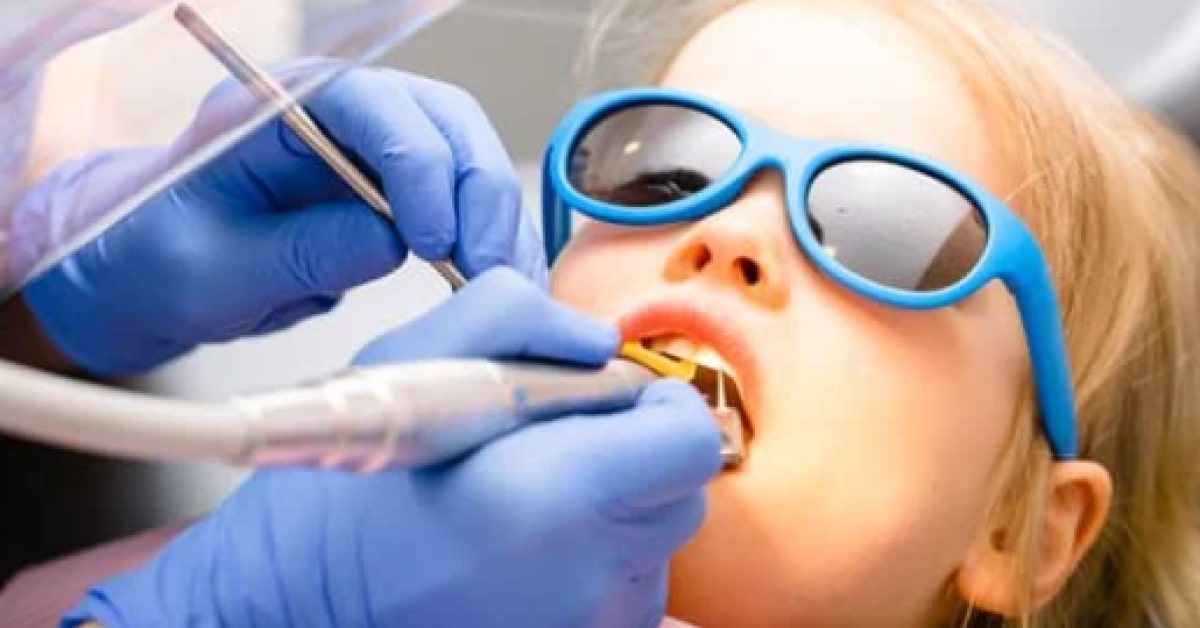Blog
August 09, 2023 • 10 mins read3 Key Elements for Keeping Dental Patient Medical Records Up to Date
In this article, we will explore the three key elements that are necessary for keeping dental patient medical records and health histories up to date.
Author
Danielle Duncan

In this Article
By: Danielle Duncan
Keeping dental patient medical records up to date is essential for providing quality care and ensuring patient safety and access to care. Accurate and current records help dentists make informed decisions, provide personalized treatment plans, assist in billing both dental and medical insurance for dental treatments, and maintain effective communication with patients. In this article, we will explore the three key elements that are necessary for keeping dental patient medical records and health histories up to date.
1. Regular Updates and Reviews
Regularly updating and reviewing dental patient medical records is crucial for maintaining accuracy and completeness. Dentists should establish a systematic process to ensure all records are consistently updated with the latest information. This includes documenting any changes in the patient’s medical history, medications, allergies, and previous treatments.
Moreover, dentists should conduct periodic reviews of the medical records to identify any gaps or inconsistencies. Dentists may also want to request hospital records in the case of patients with a complicated health history. By reviewing the records, dentists can ensure that all information is up to date and relevant. This also allows them to identify potential risks or contraindications when planning treatments.
2. Comprehensive Documentation
Comprehensive documentation is another vital element in keeping dental patient medical records up to date. Dentists should aim to capture all relevant patient information with clarity and detail. This includes recording the patient’s chief complaints, medical history, current medications, allergies, and any pre-existing conditions. A dental assistant with medical records experience can help to reduce the strain on dentists and dental hygienists, and help to streamline the medical documentation process.
Remember, it is essential to document all dental procedures, treatments, and their outcomes accurately. This level of detail not only helps dentists provide better continuity of care but also supports insurance claims and legal requirements. Each entry in the patient’s record should be clear, concise, and easily understandable to facilitate effective communication between dental professionals and their whole team.

3. Secure and Accessible Storage
The third key element for keeping dental patient medical records up to date is secure and accessible storage. Dental practices should implement robust systems to protect patient information from unauthorized access, loss, or damage. This includes using encrypted software, secure servers, and regular data backups.
Additionally, dental practices should ensure that authorized personnel can easily access patient records when needed. This may involve implementing electronic health record systems that allow dentists to retrieve and update records, or allows team members access to the required information to bill medical and dental insurance for treatment. Accessible storage not only streamlines workflow but also enhances patient care by providing instant access to critical information.
Keeping dental patient medical records up to date is crucial for ensuring quality care and patient safety. Regular updates and reviews, comprehensive documentation, and secure and accessible storage are the three key elements that support this process. By following these practices, dental professionals can provide personalized treatment plans, make informed decisions, more easily prove medical necessity when billing medical insurance, and maintain effective communication with their patients.



